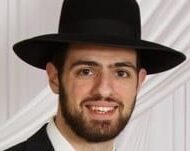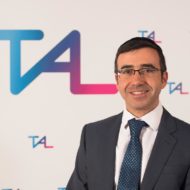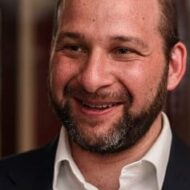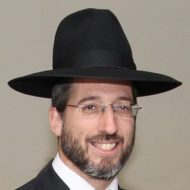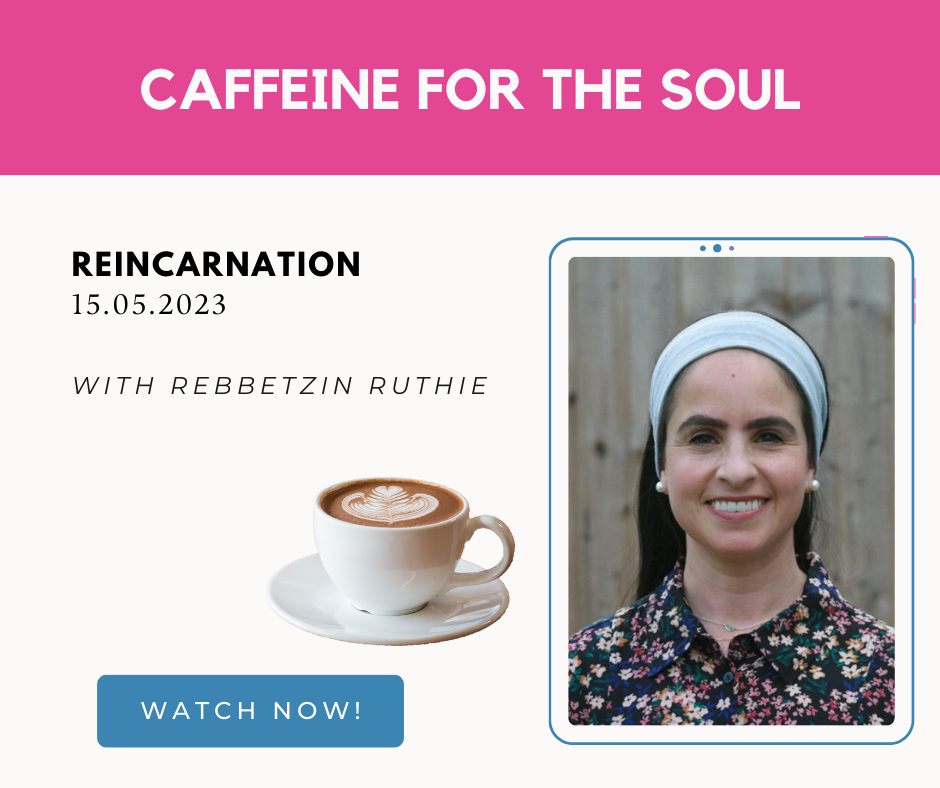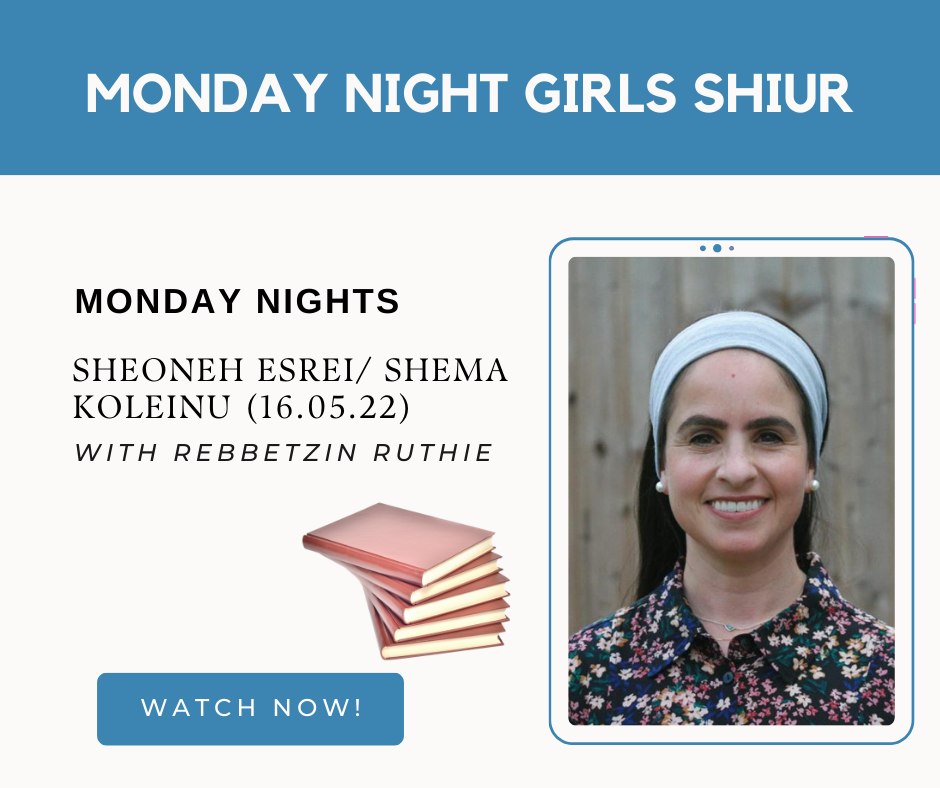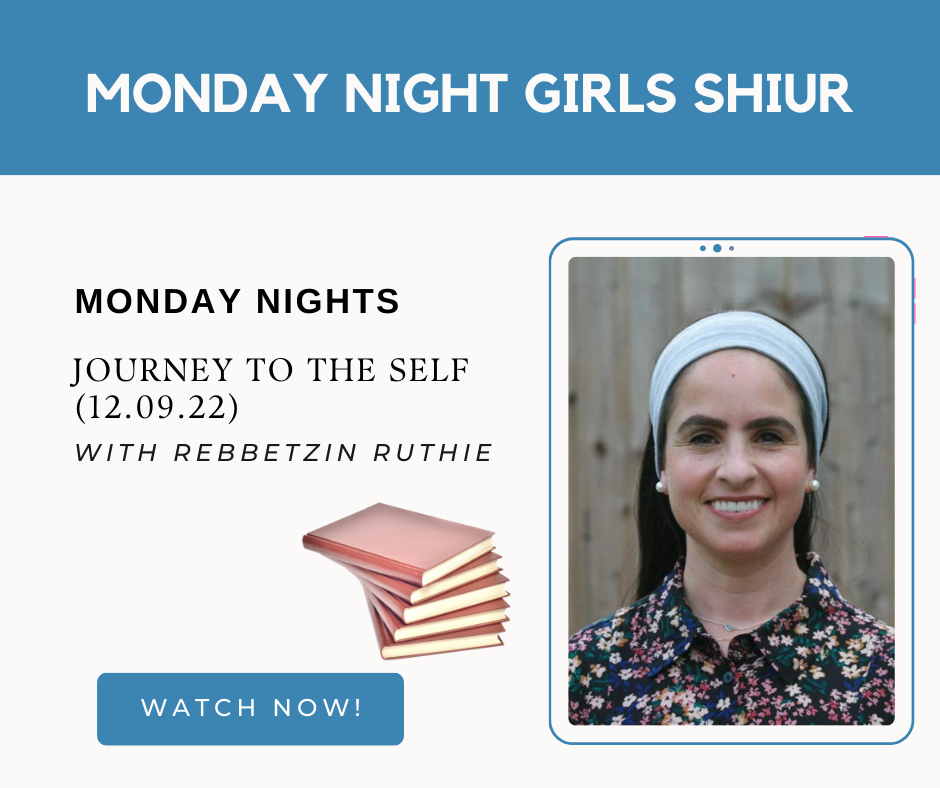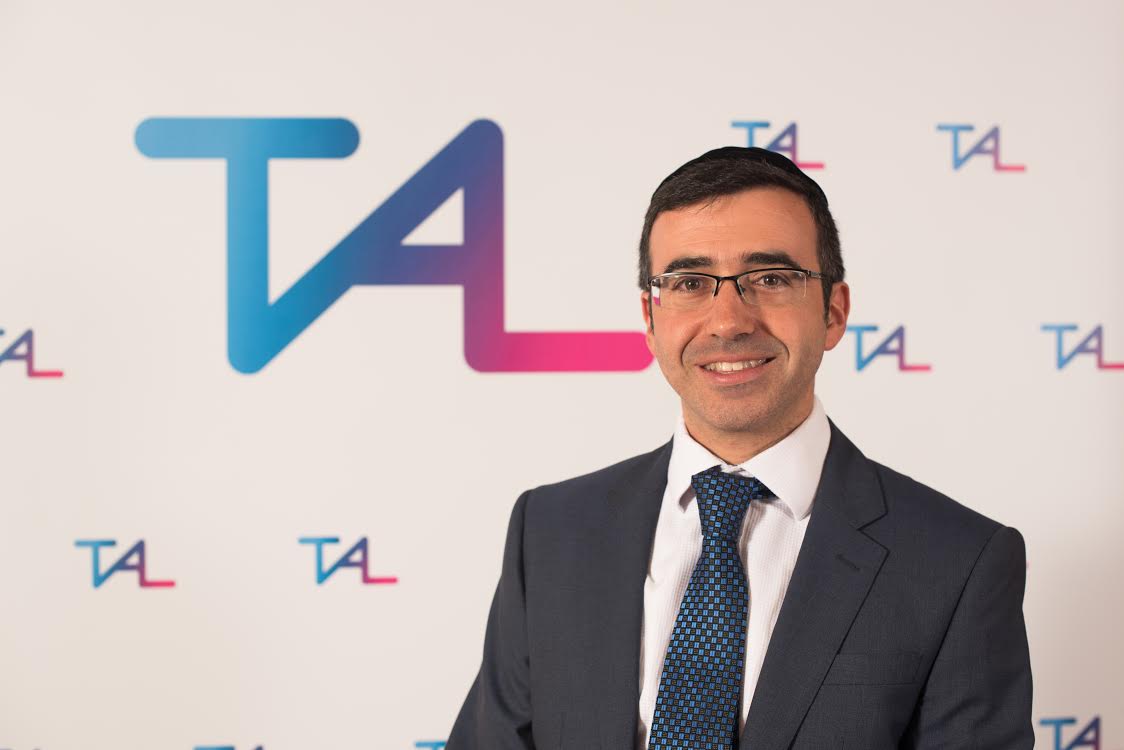
Have you ever felt in an awkward situation where you really want to let your feelings be known, but its been hard to portray them well?
The key to success boils down to communication. Portraying your message clearly and accurately to the other side is important.
Recently advertisers spent an average of $3.5million on a 30 second advert during the Superbowl, which was shown close to 100 million viewers.
However in a generation that has grown up with communication as key, we seem to be lacking the most important factor – communicating with our children.
Many people struggle with the generation gap between parents and children. Indeed, parents and children are from different generations and have grown up with different circumstances. How do they communicate? What common ground do they have?
Children can be great fun. They are innocent and inquisitive of our lifestyles, they show great potential in their intelligence and it is up to us to utilise that potential and cultivate it.
Our Parasha lends insight. Hashem relates to Moshe that the time has come to build the Mishkan – the temple in the wilderness. The Mishkan is to be built in splendour together with its vessels. One vessel stands out – the Aron – the Holy Ark. This was the place that harboured the Luchot. It was the place that Hashem’s voice would emanate from and communicate to Moshe and Am Yisrael. The Aron represented the Torah which it housed, and was the only vessel towards which every member of the Jewish people made a direct contribution. This symbolised the necessity for everyone to participate in Torah study.
Upon the Aron rested the Kaporet – a magnificent covering out of which the golden Keruvim (Cherubs) were fashioned. What were these Keruvim? (25:17-22)
Rashi (25:18) explains these were (angelic) figures with a face of a baby. What is the significance of these figures?
Rabbi Zev Wolf Frank in Toldot Zev gives an awesome insight. The Gemara states (Talmud Shabbat 119b), “If not for the vapour of the mouth of the little children who pray and learn Torah; the world would not continue to exist.”
Furthermore it states (Kallah Rabati 2), “Each day an angel comes before Hashem and requests to destroy the world. But when Hashem sees the children in the Batei Midrash learning and praying, His din is converted to mercy and He sends the angel away empty handed.”
It is the Torah and Tefillah of the little children, pure in heart and spirit, which keeps the world from reverting to chaos.
The Aron represented the Torah. Yet on top of the Aron, the Keruvim were placed. This represented that the children’s Torah is above all and should remain our focus.
Rabbi Frank continues; we see that the Kaporet (cover to the Aron) which encompassed the Keruvim was made in one go. The bottom part was not made first and then fixed to the Keruvim; rather the base, as well as the Keruvim were made together. Why?
This symbolises an essential feature in education. When it comes to teaching our children Torah, there should be no gap. There must be continuation.
The Gemara Succot (42a) asks, “When is a father obligated to teach his son Torah?” The Gemara answers, “as soon as the child begins to speak, the father should teach him the verse; Torah Tziva Lanu Moshe, Morasha Kehillat Yaakov – Moshe commanded us the Torah, the inheritance of the congregation of Yakov, and also the first verse of the Shema.”
Rabbi Frank explains that we do not wait to teach our child Torah. As soon as they are able to speak, we immediately permeate them with the words of Torah.
This is the significance of the Kaporet being carved out in one go. The Keruvim and the base are all one – there is immediate continuation and flow; as soon as the child is ready to speak, they are taught Torah.
There is a fascinating idea brought down by the Rama (Rav Moshe Iserles). He asks when does a child qualify Olam Haba? He quotes a Midrash that says as soon as a child says Amen he merits Olam Haba.
This is where the custom came from to get little children to say Amen as soon as possible. One Amen gets a child into OLAM HABA! Eternal reward for such a simple yet potent act.
Rabbi Eliyahu HaCohen writes a similar idea. In the Megilla of Purim, it says Vayehi Omen et Hadassah, referring to the fact that Esther had no parents, her uncle Mordechai raised her and a miracle happened and he was able to nurse her. Rabbi Eliyahu explains Vayehi Omen also means Vayehi Amen; that he trained her to say Amen.
We find the same idea with David HaMelech. In Tehilim he states Lulay He’amanti Lerot Btuv Hashem Be’eretz Chayim. David HaMelech says that the Zechut to get him to Eretz Chayim – the everlasting world is Lulay He’amanti; I was trained to say Amen as a child.
Communicating with the younger generation is difficult. Yet we have been given the most powerful gift by Hashem that enables us to continue and communicate – the Torah. Our Torah is eternal and when learnt and taught with fervour can instil a child with a lifetime of wisdom and merit.
When parents and children sit down to learn together they are bringing G-d into their relationship, which helps strengthen the unity and bond between them. This bond is not only between parents and their children, but spans generations going all the way back to Mount Sinai.
When we are learning we are linking up with all of the generations that have come before us. We are not just learning on our own, or strengthening a bond between parents and children; we are linking ourselves back in time, all the way back to Mount Sinai.
Let us cherish this powerful experience and communicate Hashem’s gift to our children and all future generations.
